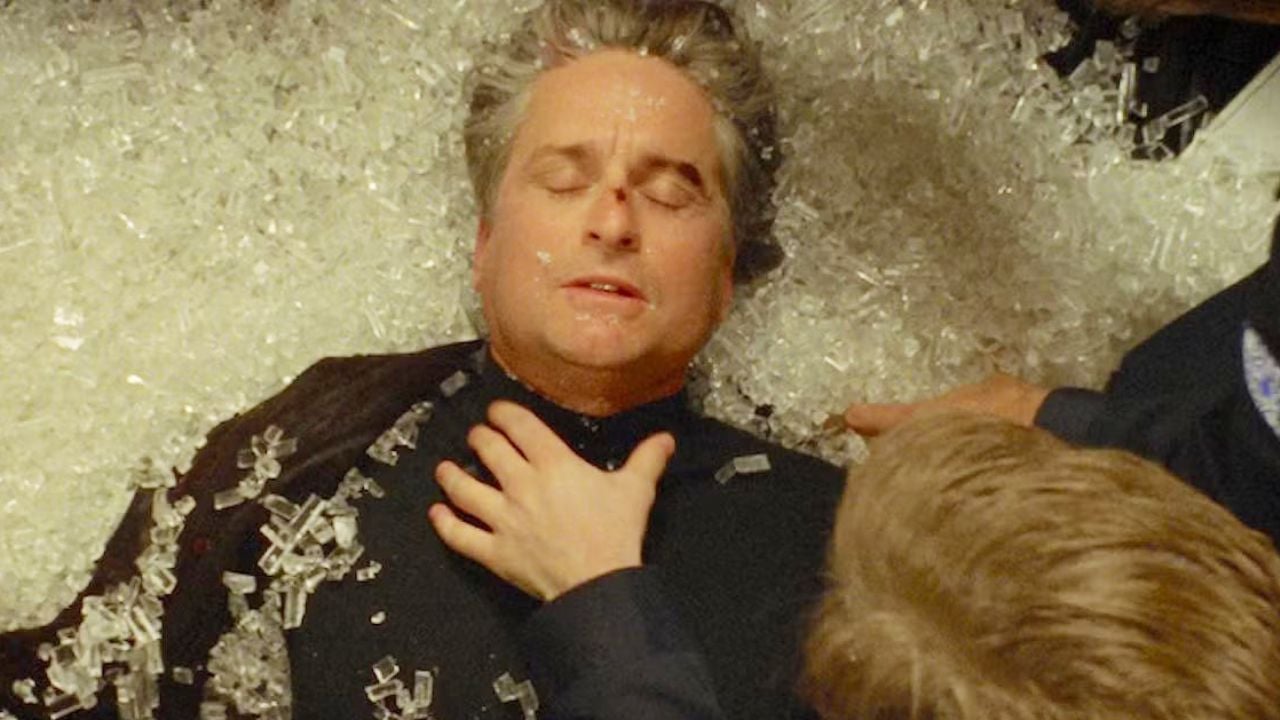The lack of teeth is a physiological and psychological problem at the same time. It makes a person shy, reduces direct communication, withdraws into themselves and can even lead to depression. And at the same time, diseases of the gastrointestinal tract can develop – from improperly chewed food, the skin of the face sags, adjacent teeth deteriorate from excessive load. How to avoid all this? In modern dental clinics, patients are offered one-step implantation as a way to solve the problem. It can also be called single-phase or immediate, but the essence is the same – the teeth are quickly and reliably restored.
What is a one-stage dental implant?
To make it easier for someone unfamiliar with medicine to understand one-stage implantation, let’s start with a description of classic implantation. After all, it was the shortcomings of the classical protocol that forced the search for alternative methods and led to the invention one-stage implantation technique.
So if you choose mainstream technologies, be patient and strong. At a minimum, you will spend 5 to 8 months there, and sometimes more. At the first stage, surgery is performed to install the implant. The gum is cut, a bed is formed in the bone tissue, an implant is installed and sutures are applied.
At the second stage – after about six months, comes the time for orthopedic manipulations. The gum is opened again, an “adaptor” – a pillar – is placed on the head of the implant. For the front teeth, an additional device is needed – a gingival edge shaper, since in the absence of a crown, the gumline has grown in size and looks unsightly. Only after that the orthopedist makes a prosthesis and finally restores the tooth directly.
ADVERTISEMENT – CONTINUED BELOW
Principle one-stage dental implants assumes that all manipulations are carried out in one step, and it takes 2-3 days. The doctor makes mini-punctures (without incisions), through these holes an implant is screwed into the deep basal tissues of the jaw. All this under modern anesthesia and the patient only feels pressure.
When the implants are placed, they are almost immediately ready for immediate loading. Therefore, the next day the patient is already coming to the clinic for prostheses. He is equipped with beautiful light metal-plastic prostheses, which will allow him to chew well and not be embarrassed to smile broadly at others. Over time, these prostheses can be replaced with any prosthesis of your choice – ceramic, ceramic-ceramic, zirconium, etc.
Knowing all this, we can highlight the main advantages one-stage implantation with immediate loading:
- Rapid recovery of chewing function.
- Restoration of the aesthetics of the dentition.
Obviously, the less traumatic the procedure, the faster everything will heal and return to normal. The absence of incisions and stitches allows a person to return to normal life almost immediately – to eat, drink, go to work, be socially active.
- No need for bone grafting.
The cornerstone for most patients who had a tooth extracted a long time ago, and the decision to restore it was made only now. The bone “left” without load, its volume is not sufficient to place a conventional implant. What to do? Dentists suggest pre-implantation of artificial bone tissue. This is extra time (after replanting, everything should take root properly), extra money and extra fears for those who are not too fond of surgical manipulations in the dental chair. In one step basal implantation does not require bone grafting even with its shortage. This is explained by the fact that single-phase implants sink deeper than conventional implants and manage to stabilize even if there is not enough bone tissue. In addition, in order to “capture” a greater amount of bone tissue, single-phase implants can be installed at an angle and the flexible head (abutment) is placed perpendicular to the gum.
- Price.
The price of one-step implantation teeth in dental clinics is inferior to the placement of a classic implant with a prosthesis. And if you remember that you don’t need to do an expensive bone graft, there is a clear advantage.
- Immediate loading.
From the point of view of the layman, an immediate charge is good because you can immediately chew and, without discomfort from a “hole” in the teething, communicate with others. But it’s not just a matter of aesthetics. According to Wolff’s law, the bone tissues of the human body adapt to the loads exerted on them. That is, when the load is low, the bone becomes porous and weak, and if there are constant reasonable loads, it is compacted and strengthened. It turns out that thanks to a light temporary prosthesis, the regeneration processes will go much more actively.








